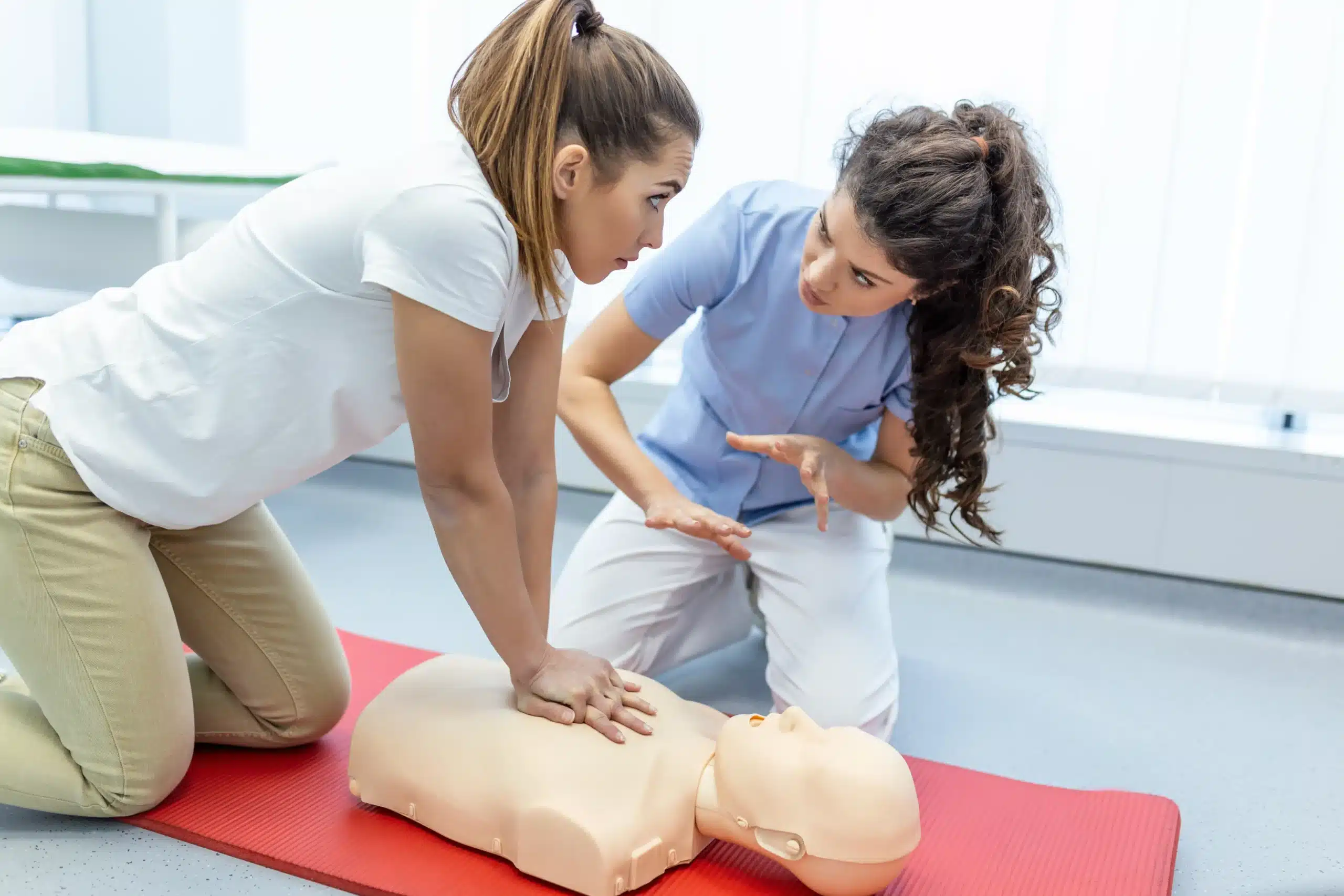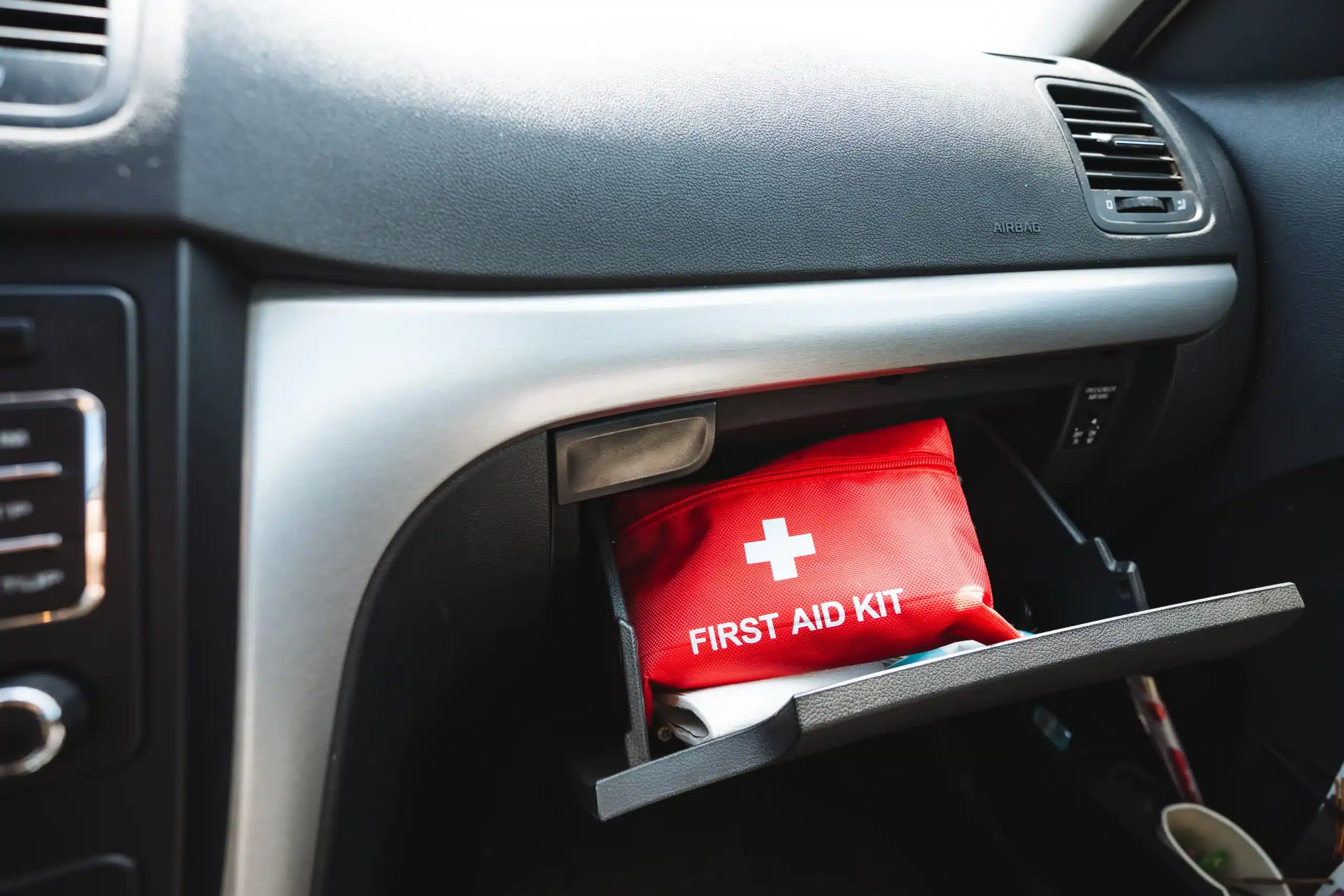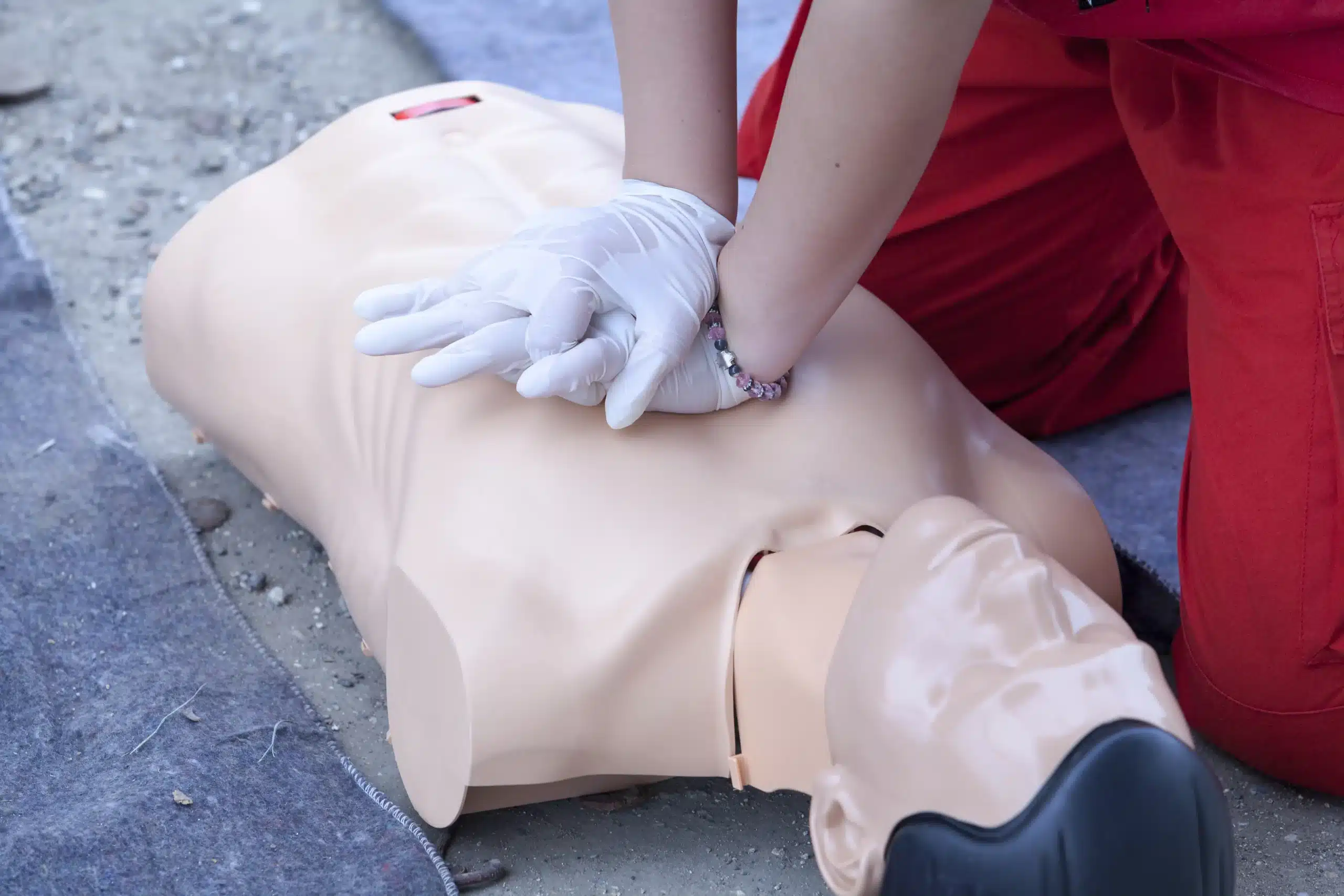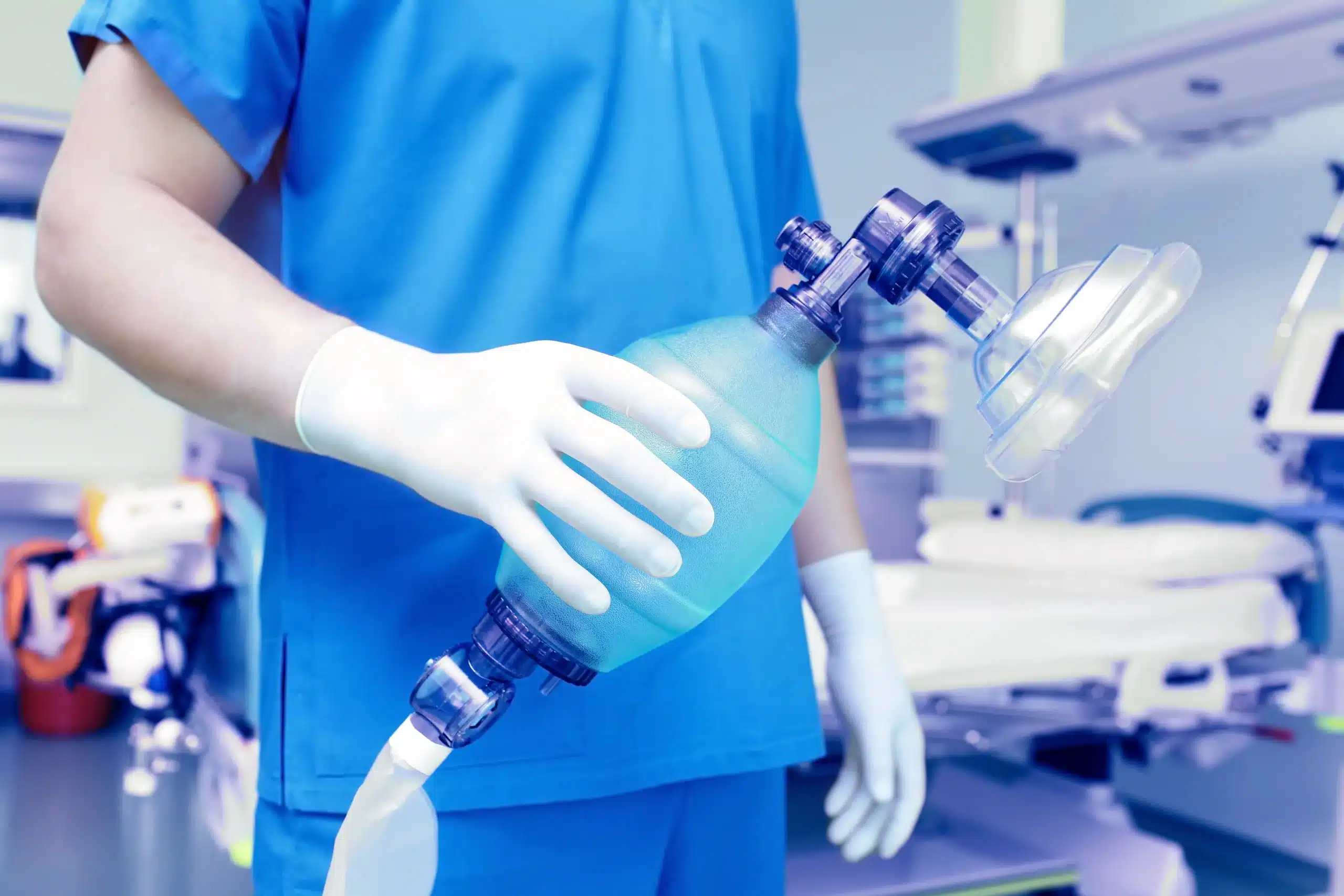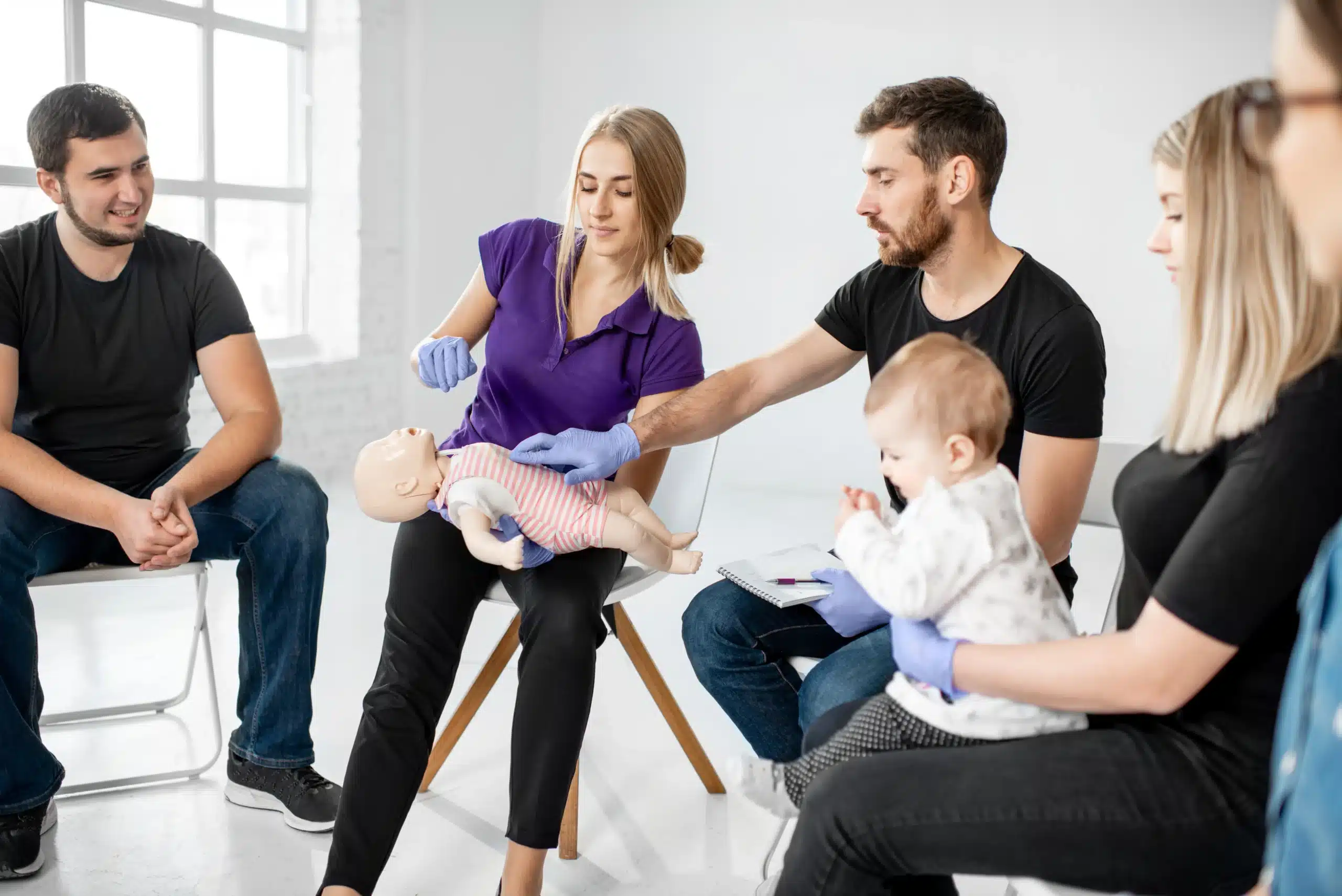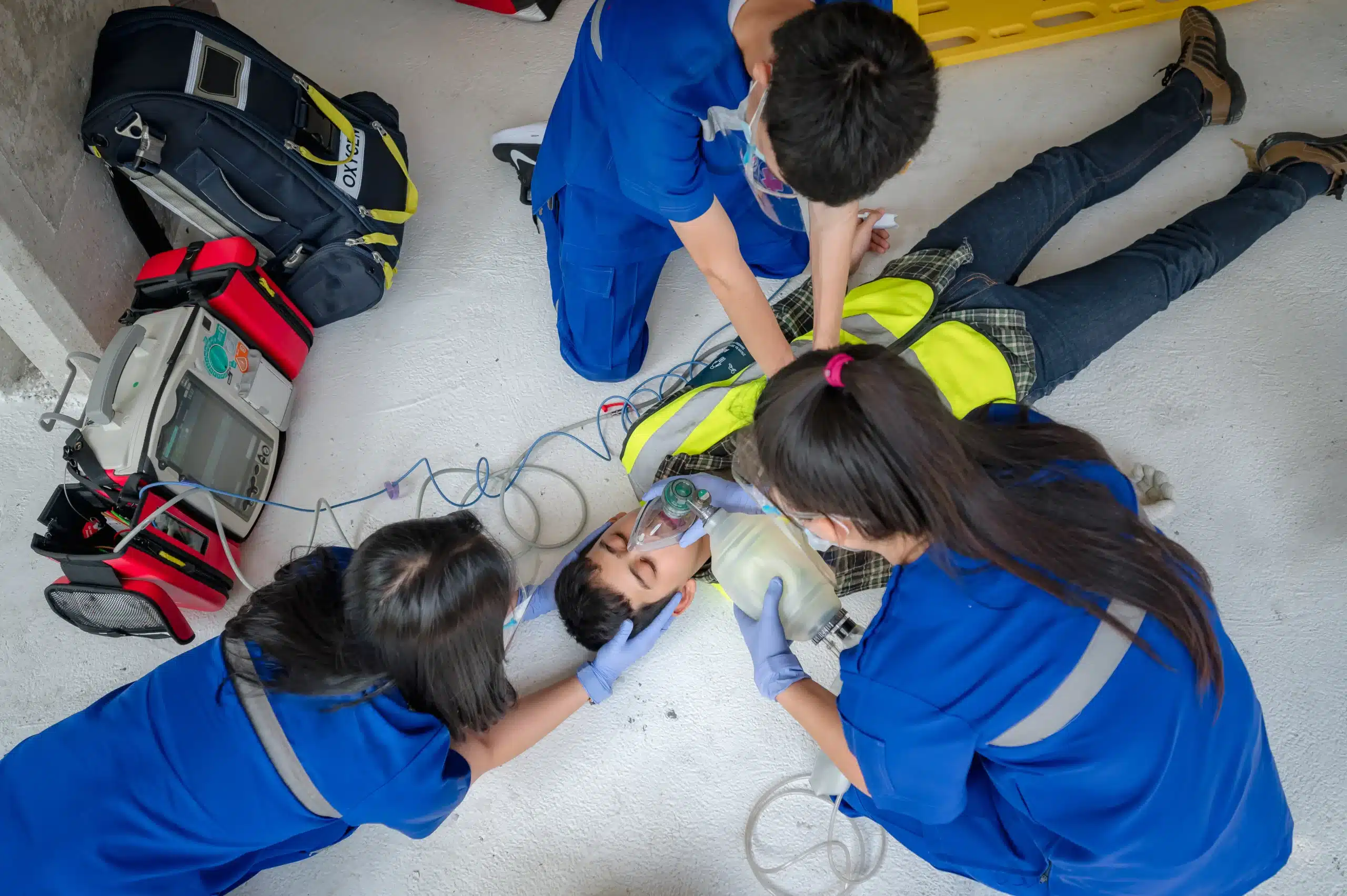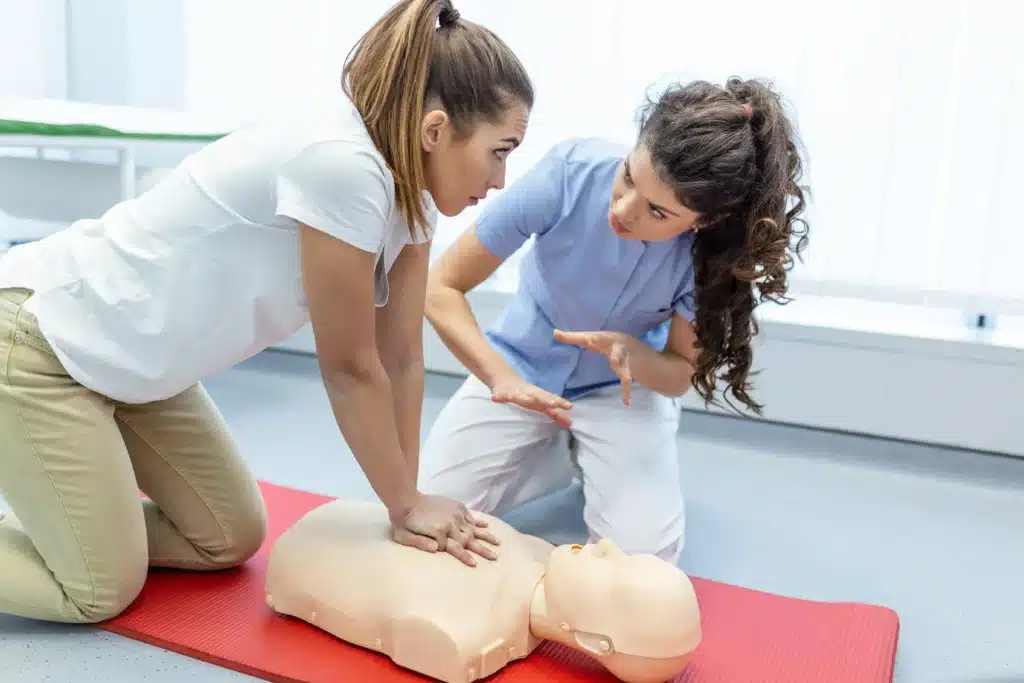Your BLS certification is more than just a piece of paper; it’s a testament to your commitment to providing critical care when it matters most. But certifications expire, and staying current requires a timely renewal. If you’re searching for “BLS renewal near me,” you’re in the right place. This guide will break down the entire renewal process, from understanding the requirements to finding the best local providers and preparing for your course. We’ll explore different learning styles, discuss costs and potential discounts, and offer valuable insights into making the most of your renewal experience. Let’s make sure your lifesaving skills are always ready.
Key Takeaways
- Stay current with your BLS certification: It’s not just a requirement; it’s a commitment to providing the best possible care. Regular renewal ensures you’re equipped with the most up-to-date lifesaving techniques.
- Choose your BLS renewal format wisely: Whether you prefer the flexibility of online learning, the hands-on experience of in-person training, or a combination of both, select the format that best suits your learning style and schedule.
- Prepare for a successful renewal: Review the latest guidelines, practice your skills, and take advantage of available resources to make the most of your BLS renewal course. Preparation builds confidence and reinforces your ability to respond effectively in emergencies.
What is BLS Renewal?
BLS (Basic Life Support) certification is your badge of honor, showing you’re ready to help in a crisis. Like most certifications, it expires every two years. BLS renewal means retaking the course and passing the exam to keep your skills sharp and your certification current. Think of it as a tune-up for your lifesaving abilities. It’s not just about checking a box; it’s about confidently knowing you can provide high-quality CPR and other critical care in a crisis. A BLS renewal course typically includes updates to protocols, hands-on skills practice, and an assessment. You can find these courses online, in person, or in a blended learning format. Even if your certification has lapsed by less than 60 days, you can still renew; after that timeframe, you’ll need to retake the full BLS course. Staying current with your BLS certification shows your commitment to providing excellent care and ensures you’re equipped with the latest techniques.
Find the Best Local BLS Renewal Providers
Finding the right BLS renewal provider takes a little research, but it’s well worth the time to ensure you receive top-notch training. Here’s what to consider:
Check Provider Reputation
When evaluating local providers for BLS renewal courses, look beyond just the cost. Consider factors like course quality, instructor qualifications, and student reviews. A provider’s reputation speaks volumes. Recommendations from colleagues or online reviews can offer valuable insights. You want instructors who are not only knowledgeable but also engaging and create a supportive learning environment. Look for providers who are affiliated with reputable organizations like the American Heart Association.
Top Local Options
Several reputable organizations and institutions offer BLS renewal courses. Here are a few options to get you started:
Safety Training Seminars
Safety Training Seminars offers American Heart Association-certified courses in BLS, ACLS, PALS, and First Aid. They provide a variety of CPR and first aid certification courses, including BLS renewal, making them a convenient option for all your certification needs. Check their website for upcoming courses and locations.
American Red Cross
The American Red Cross is a trusted name in emergency preparedness, offering BLS recertification classes both online and in person. Their established reputation and widespread availability make them a solid choice.
Local Hospitals and Medical Centers
Many hospitals and clinics offer BLS certification courses for their staff and the community. Check with hospitals in your area to see what courses they have available and if they fit your schedule and learning style. These courses often provide hands-on training and experienced instructors.
Community Colleges
Community colleges frequently offer BLS renewal courses, often at competitive prices. They may also provide additional resources, such as access to simulation labs and libraries. Explore the course catalogs of community colleges near you to see what programs they offer.
BLS Renewal Course Costs
Understanding BLS renewal course costs helps you budget effectively and find the best value for your training. Several factors influence pricing, so research is key before committing to a course.
Average Price Range
BLS renewal courses typically cost between $70 and $120. This usually covers course materials, skills testing, and your official BLS certification card, valid for two years. Providers like Safety Training Seminars offer comprehensive BLS courses within this price range. Remember that costs can vary based on location and course inclusions.
Additional Fees
While the initial price generally covers the essentials, be mindful of potential extra fees. Some providers charge extra for online access codes, printed materials, or expedited certification card delivery. If your BLS certification has lapsed, you might need to retake the full BLS course rather than a renewal course, potentially increasing the cost. Understanding all costs upfront helps you stay within your budget.
Discounts and Packages
Look for discounts or package deals to save money. Some training centers offer discounts for group registrations, students, or healthcare professionals. Bundling BLS renewal with other certifications, such as ACLS or PALS, might also reduce the overall cost. Contact your chosen provider, like Berkeley CPR Classes, to explore available options. Information on discounts and packages is often on their websites or available by request.
Choose Your BLS Renewal Format
Renewing your BLS certification involves a few choices. Let’s break down the most common formats: online, in-person, and hybrid, so you can find what works for you.
Online Courses
Online BLS renewal courses offer flexibility. You can review the material at your own pace and on your own schedule. This format is great if you’re already comfortable with BLS and prefer self-directed learning. Many providers, like ACLS Medical Training, offer fully online recertification courses that include all the study materials. This makes online renewal convenient for busy professionals. Just be sure to choose a program, like the one from Sav-A-Heart, that’s aligned with the latest American Heart Association guidelines.
In-Person Training
If you learn best in a hands-on environment and value face-to-face instruction, in-person training might be a better fit. These classes offer immediate feedback and give you a chance to practice your skills with other healthcare providers. Organizations like the Red Cross and CPR1 Carolinas offer in-person BLS renewal courses. This format is especially helpful for those who appreciate the structured setting of a classroom.
Hybrid Options
Want a mix of online convenience and in-person practice? Hybrid courses offer both. You’ll typically complete the coursework online at your own speed, then attend a shorter in-person session for skills testing and hands-on practice. The AHA’s RQI program is a good example of this blended approach. SureFire CPR also offers a hybrid BLS class where you complete online modules and then attend an in-person skills session. This format is ideal if you want the flexibility of online learning combined with the reinforcement of hands-on training.
BLS Renewal Prerequisites and Requirements
Before signing up for your BLS renewal course, it’s helpful to understand the prerequisites and requirements. Being prepared streamlines the process and ensures you’re ready to recertify.
Current Certification Status
First things first: you need a current BLS certification to be eligible for renewal. Check the expiration date on your card—renewals are only valid if your original certification is still active. Don’t let it lapse! If your certification has already expired, you’ll likely need to take the full BLS course rather than a renewal course. It’s always best to plan and schedule your renewal a bit ahead of time.
Required Documentation
When you head to your BLS renewal course, bring your current BLS certification card. This serves as proof of your eligibility and verifies that you’re renewing, not taking the course for the first time. Having your card ready makes the check-in process smooth and confirms your current credentials.
Renewal Time Frame
The BLS Renewal Course itself usually takes around three hours to complete, covering both skills practice and testing. Factor this timeframe into your schedule when choosing a class. As mentioned earlier, scheduling your renewal well in advance of your certification expiration is key to maintaining uninterrupted compliance. This proactive approach prevents any gaps in your certification and ensures you’re always prepared to respond to emergencies.
Prepare for Your BLS Renewal Course
Getting ready for your BLS renewal doesn’t have to be stressful. With the right approach and resources, you can refresh your skills and knowledge confidently. This section covers how to best prepare, from gathering your study materials to running through practice scenarios.
Study Materials and Resources
Start by gathering your study materials. The American Heart Association offers resources covering the most current BLS guidelines and techniques. These resources are designed to be clear and easy to follow, making your prep time more efficient. Knowing the renewal fee ahead of time is also helpful. Renewal fees typically range from $12 to $50, according to this helpful resource on BLS certification renewal costs. Most BLS renewal courses take about three hours to complete, including hands-on practice and testing.
Practice Tests and Simulations
Practice makes perfect, especially when it comes to BLS. Taking practice tests and working through simulations can build your confidence and solidify your skills. Many providers offer online courses with interactive modules and practice exams. These online options, such as those available through ACLS Medical Training, let you learn at your own pace and fit the training around your schedule. Refreshing your BLS certification isn’t just about checking a box; it’s about truly mastering the techniques. This article on the benefits of BLS recertification highlights how renewing your skills can improve resuscitation practices and your proficiency in delivering high-quality chest compressions and rescue breaths. Being prepared means being confident and ready to respond effectively in a real-life emergency.
Get the Most Out of Your BLS Renewal
Getting recertified in Basic Life Support (BLS) isn’t just a checkbox; it’s a chance to refresh and refine your lifesaving skills. Here’s how to make the most of your BLS renewal:
Continuing Education
Think of BLS renewal as continuing education. It’s an opportunity to improve resuscitation practices and techniques, ensuring you’re confident delivering high-quality chest compressions and rescue breaths. Staying up-to-date on the latest guidelines from the American Heart Association is crucial for recognizing when someone needs BLS. Regularly refreshing your skills through programs like Safety Training Seminars is an investment in your long-term competence and effectiveness in emergency situations.
Maintain Skills Between Renewals
Don’t let your skills get rusty between renewals. Look for opportunities to practice hands-on skills in real-world scenarios. This practical training will keep you sharp and prepared to apply your knowledge effectively in critical situations. The AHA’s RQI program offers a modern approach to BLS certification, focusing on hands-on practice and real-time feedback, which can be a great way to stay proficient. Even simple refreshers with a colleague can make a difference in maintaining muscle memory and confidence. Consistent practice is key to ensuring you’re always ready to respond. Check with your local provider for opportunities to practice or refresh your skills between renewals. They often offer convenient options to help you stay prepared.
Related Articles
- BLS Renewal in Berkeley: Find the Right Course for You – San Pablo CPR Classes
- BLS Renewal in Richmond: Your Complete Guide – San Pablo CPR Classes
- BLS Classes in Berkeley: The Complete Guide – San Pablo CPR Classes
- BLS for Healthcare Providers in Oakland: A Practical Guide – San Pablo CPR Classes
- Basic Life Support in Richmond: A Practical Guide – San Pablo CPR Classes
Frequently Asked Questions
How often do I need to renew my BLS certification? BLS certification is valid for two years. Plan to renew your certification before it expires to maintain uninterrupted coverage.
What’s the difference between BLS renewal and taking the full BLS course? A BLS renewal course is for those with a current or recently expired certification. It’s a refresher course covering updates and allowing you to practice your skills. If your certification has been expired for a while, you’ll need to take the full BLS course again.
What are the different ways I can renew my BLS certification? You’ve got options! You can renew online, in person, or through a blended learning format (hybrid) that combines online coursework with in-person skills practice. Choose the format that best suits your learning style and schedule.
How much does BLS renewal cost, and are there any ways to save money? BLS renewal courses typically range from $70 to $120. Look for potential discounts, such as group rates or bundling with other certifications like ACLS or PALS. Always confirm the total cost with the provider beforehand to avoid surprises.
What should I do to prepare for my BLS renewal course? Gather your study materials, review the latest American Heart Association guidelines, and take advantage of practice tests and simulations. Being prepared will boost your confidence and help you get the most out of your renewal course.
